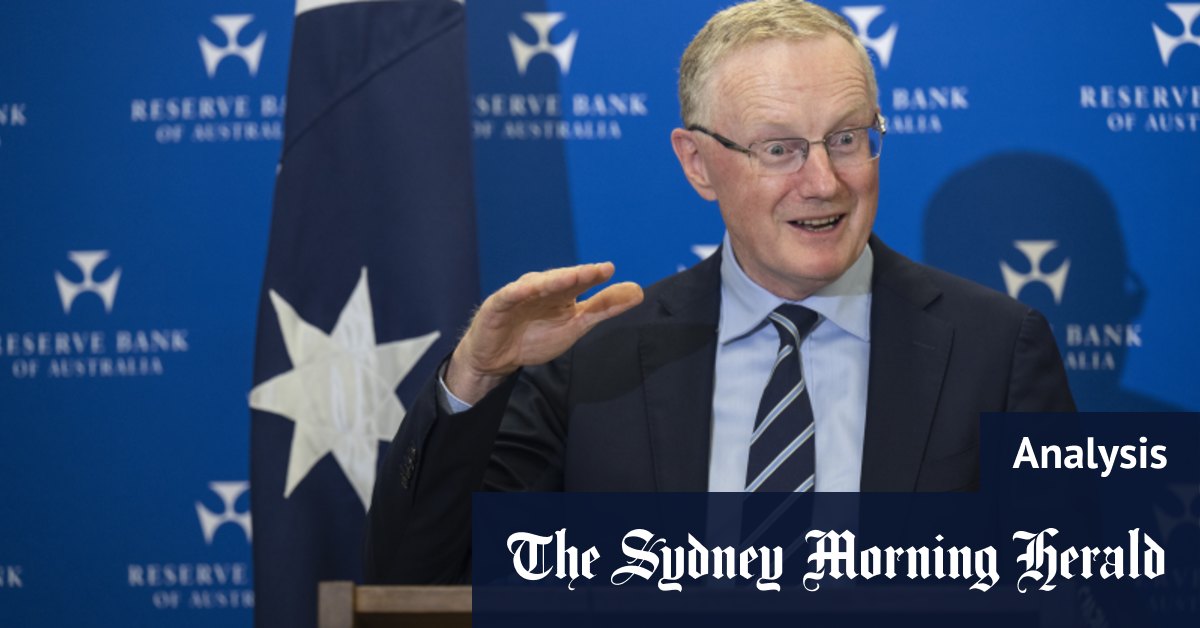
The Reserve Bank has a target to keep inflation in a band of 2 to 3 per cent on average, over time. It’s important for the decision-making of both households and businesses that they can have confidence that prices will continue to rise at roughly this pace.
How does the Reserve Bank control inflation?
It has added a few extra tools to its ‘monetary policy’ tool chest in recent times, but the main tool the Reserve Bank uses to influence the economy, and hence inflationary pressures, is the cash rate.
The cash rate is the interest rate at which commercial banks lend to each other overnight. The Reserve Bank used to actually intervene in markets, buying and selling securities, to achieve the target cash rate it wanted. In practice, these days, all the Reserve Bank has to do is announce its desired target cash rate and market pricing moves to it.
The cash rate is a key (although far from the only) determinate of banks’ funding costs. So, when it goes up, the banks pass on this higher cost by increasing the interest rates they charge customers who borrow from them.
When the central bank wants to slow the economy to cool inflation, it lifts its cash rate target, which in turn raises borrowing costs for households and businesses. This makes them less inclined to borrow, cooling upward pressure on asset prices. For homeowners, this cooling in upward property prices makes them feel less wealthy and less inclined to spend.
Higher borrowing costs also directly crimp cash flows for mortgaged households, making them spend less and making it harder for businesses to get buyers to accept price increases.
All these factors – and others – help to ease so-called ‘demand’ in the economy. Less demand – all other things being equal – means lower prices than otherwise.
But isn’t the recent inflation spike just a result of temporary supply disruptions? Don’t you need a wages blow-out to drive sustainable inflation over the longer term?
Maybe and yes.
War, COVID-19 and floods have all interrupted the supply of certain goods, leading to price increases. But these interruptions and price increases have proved more long-lasting than expected.
It remains true, however, that wages as tracked by the Wage Price Index have not yet increased by much. On the latest figures to the December quarter – which are admittedly quite old now – wages only rose 2.3 per cent last year, well below their historical average.
Loading
But the broad-based nature of inflation in the March quarter surprised the Reserve Bank. It also has information from its private liaison program with major employers that they are increasingly awarding bigger pay rises to some employees.
Speaking immediately after the interest rate decision on Tuesday, Reserve Bank governor Phil Lowe said the past two months had seen ‘a very marked shift’ in what companies were telling the bank about future pay increases. “Most firms used to say ‘well, 2 maybe 2.5 per cent’ and now we have roughly 40 per cent of firms answering that question saying they’re going to pay wage rises above 3 per cent and a significant number of firms saying they’re going to pay bigger wage rises than 3 per cent.”
Perhaps something which started out as a supply shock might end up fuelling demand as workers ask for and achieve higher pay rises to compensate them for the rising cost of living.
How much should wages rise each year?
In usual times, workers can expect to get pay rises that keep pace with the rising cost of living and reward them for whatever increased productivity they have brought to the table.
Historically, this has been 2.5 per cent for inflation, plus 1 or 2 per cent for productivity growth, so 3.5 to 4.5 per cent. This can vary wildly over time, however.
Wages are also determined by the relative power at the bargaining table of capital versus labour. Union rates have declined in recent decades, while globalisation has also brought increased competition from foreign labour. Technological advances have replaced many workers with robots or computers. This led to historically sluggish wage growth leading into the pandemic.
So, is the Reserve Bank right to be raising interest rates?
Time will tell if the current inflationary pressures are as entrenched as many fear and how much success workers will, in fact, have in demanding bigger pay rises.
Loading
Critics say the bank has waited too long to start its process of returning the cash rate to a ‘neutral’ level – one where interest rates are neither stimulating the economy nor exerting a contractionary impact.
On the opposing side, some still see inflationary pressures as largely transitory and fear wages will not pick up as predicted and that the Reserve Bank, if it acts too far too fast, could accidentally tip the economy into recession.








